Get PeakVisor App
Sign In
Search by GPS coordinates
- Latitude
- ° ' ''
- Longitude
- ° ' ''
- Units of Length

Yes
Cancel
Share ×

Scan the QR code and open PeakVisor on your phone
❤ Wishlist ×
Choose
Delete
Córdoba is one of the twenty-three provinces in Argentina, which is the second largest country in South America. A vast plain covers the eastern two-thirds of the province and the western third of the province is covered by the Sierras de Córdoba.
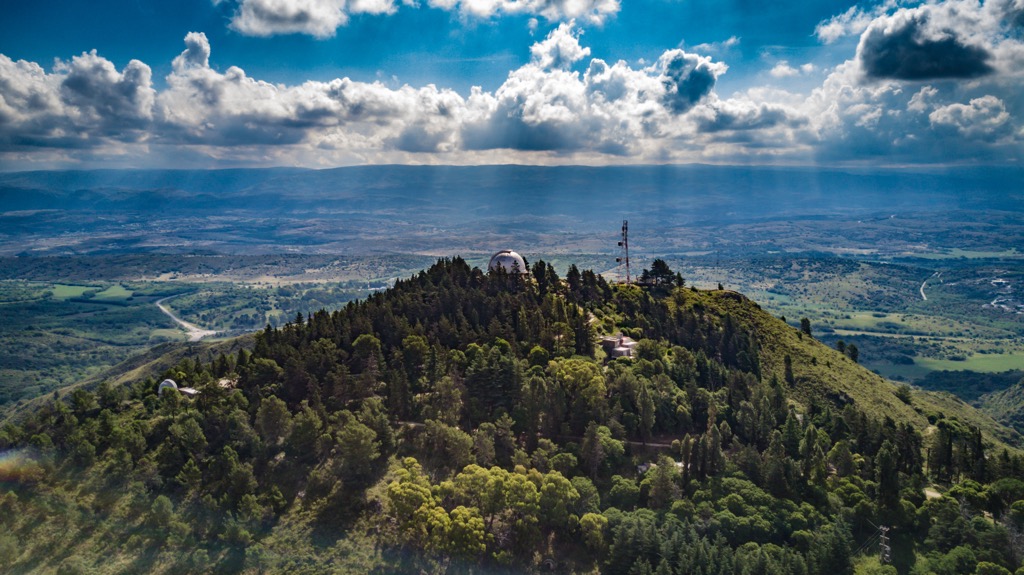
There are over 306 named peaks along the west side of Córdoba, of which Cerro Champaqui is the tallest and most prominent with 2,790 m (9,154 ft) of elevation and 2,231 m (7,320 ft) of prominence. There are many opportunities for hiking and sightseeing among the mountains of Córdoba.
Córdoba is Argentina’s fifth largest province and is located near the geographic center of the country. The city of Córdoba is the capital of the province and locals generally differentiate between the province and the city of Córdoba by referring to the city as “Córdoba Capital”.
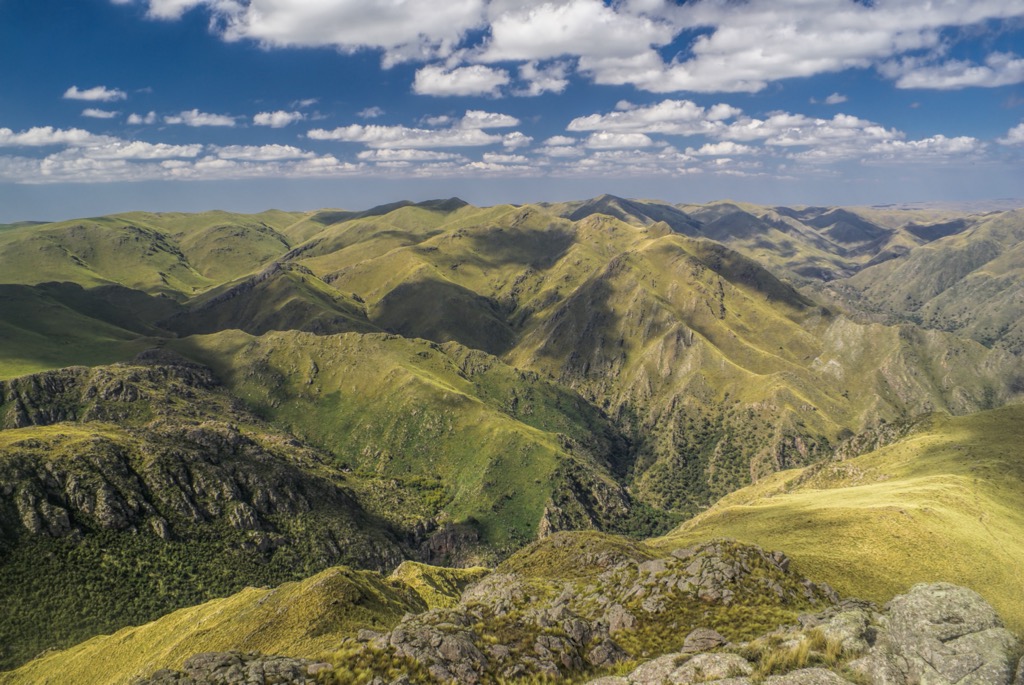
Surrounding Córdoba are the provinces of Santiago del Estero, Santa Fe, Buenos Aires, La Pampa, San Luis, La Rioja, and Catamarca. The province is divided into 26 departaments, which are like counties.
The Sierras de Córdoba is the major mountain range in the province, and consists of three subranges, Las Sierras del Norte, Las Sierra Chica, and las Sierra Grande. Las Sierras del Norte are in the north end of the province and are considerably less rugged and lower than the rest of the Sierras de Córdoba.
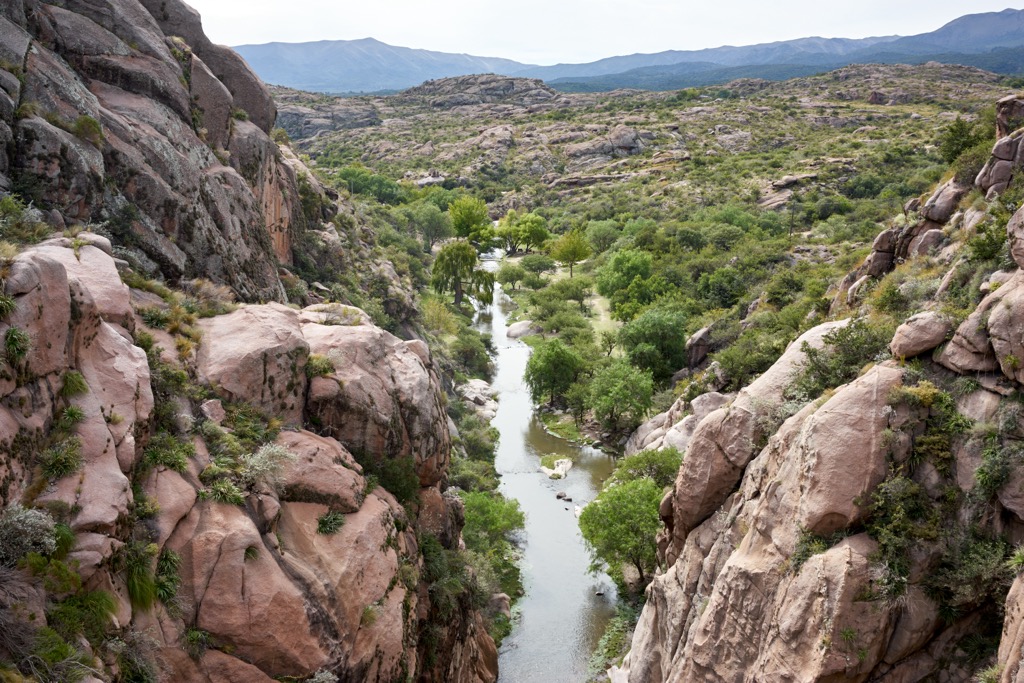
Las Sierras Chicas rise from the eastern plains of the province and are followed by the larger Sierras Grandes further west. South of the Sierras Grandes are the Sierras de Comechingones. Córdoba has over 300 named peaks in the province of which Cierro Champaqui is the tallest, rising 2,790 m (9,154 ft) above sea level and the most prominent with 2,231 m (7,320 ft) of prominence.
Between the Sierras Chicas and the Sierras Grandes are the Calamuchita and the Punilla Valley which are home to the popular tourist destinations of Villa Carlos Paz, Cosquín, La Cumbre, and La Falda. The foothills of the Sierras are known for their pleasant weather, with cooler summer days and dry winters.
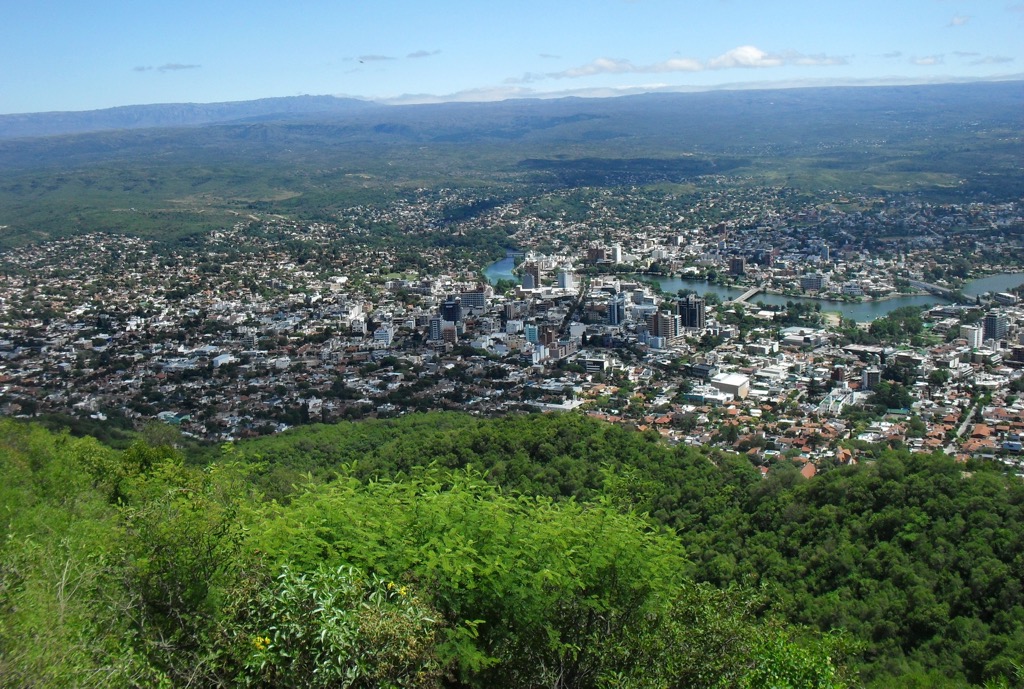
The following are some of the parks and protected areas in Córdoba:
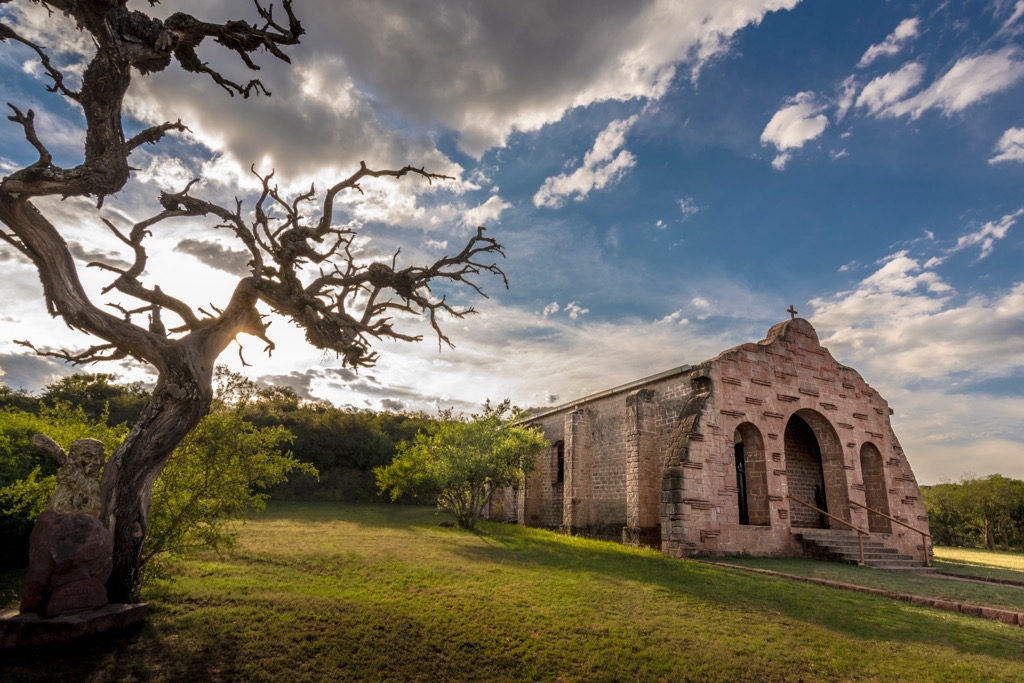
Most people recognize the Andes, which delineate the border between Argentina and Chile, as one of the world’s major mountain ranges. The Sierras de Córdoba formed during the Paleozoic, making them much older than the Andes; however, the Sierras have eroded significantly over the past 500 million years.
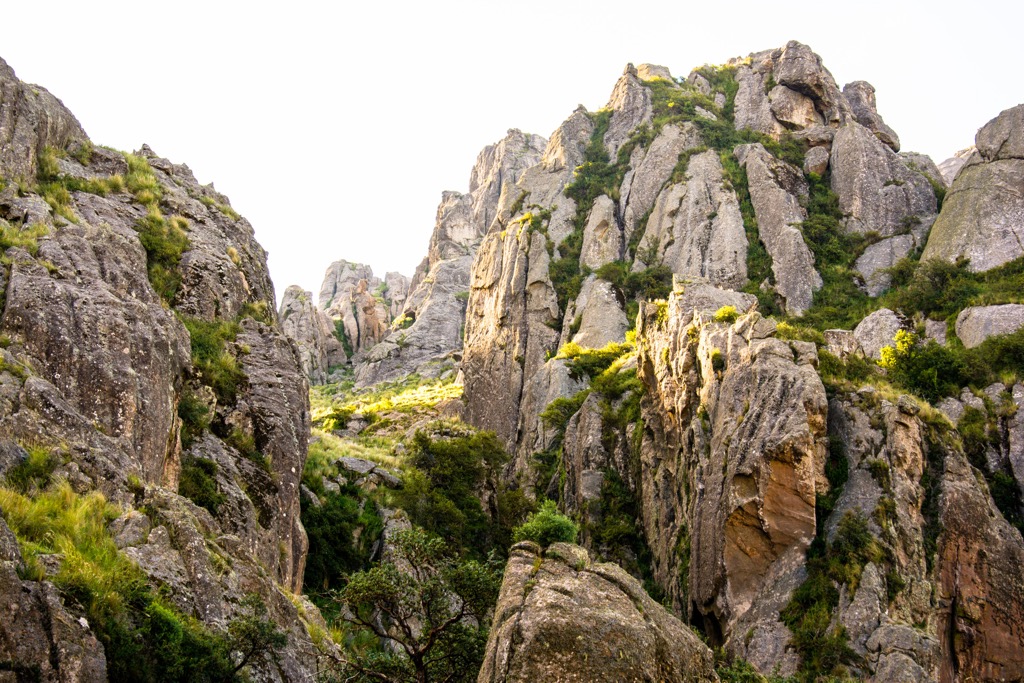
The mountains of Córdoba were the boundary between the Neoproterozoic supercontinent of Gondwana and the expanding Pacific Ocean and are the observable effects of the Pampean orogeny. The current elevation of the Sierras is due to the uplift caused during the much more recent Andean orogeny.
The Sierras de Córdoba are primarily composed of metamorphic rocks such as quartzite, which resulted from the marine sediment along the continental margin being subjected to the intense heat and pressure of tectonic events.
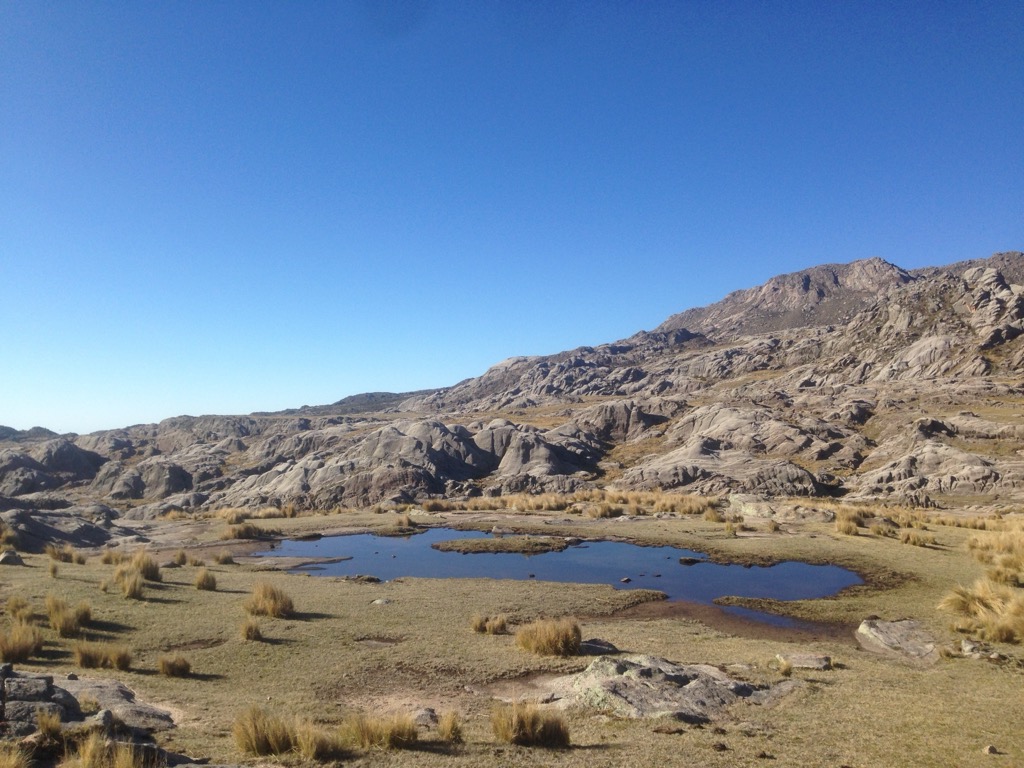
Furthermore, ancient Córdoba was subjected to an intense episode of volcanism during the Ordovician, between 485 and 445 hundred million years ago. However, most of the evidence of the Ordovician volcanism has eroded.
Based upon different habitats and the wildlife present, the following are descriptions of the major ecological areas of the province. Córdoba is divided into four distinct ecoregions which are the Chaco plain (Llanura Chaqueña), the mountains (Sierras), the Espinal plain (Llanura del Espinal), and the Pampean plain (Llanura Pampeana).

Found in the northern part of Córdoba, the Chaco plain is subtropical and quite dry. The region is covered with forests, shrublands, and natural grasslands. Some of the major species of plants include quebracho blanco, algarrobo blanco, mistol, tala, brea, tintitaco. The land adjacent to the saline lakes is populated by cardón.
This region is home to 161 bird species, 24 mammals, and 30 reptiles. Many of the species in the region are in a category of national risk, such as the tortoise, the martineta, the crowned eagle, the black woodpecker, the honey bear, the Cordovan tucu-tucu, the collared peccary, and the chaco peccary.
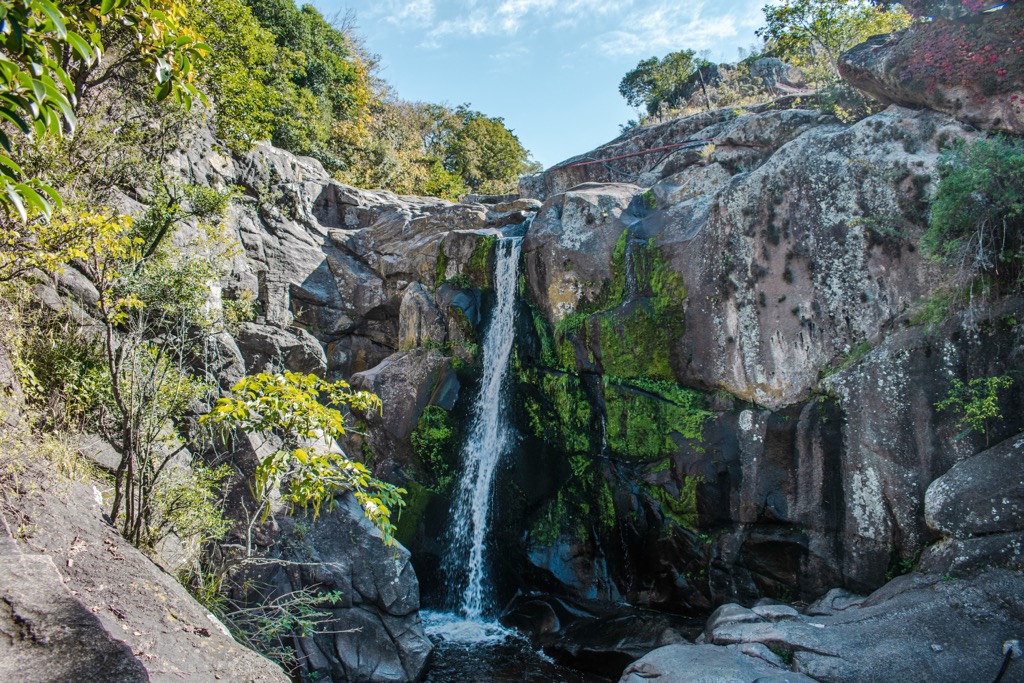
The mountains in the west of Córdoba have a great variety of habitats and climate that are based on their topography. The lower elevations of the mountainous region are described as having a Chaco mountain forest which is filled with mole de beber, coco, orco quebracho, and mole.
The middle elevations are filled with species such as mato, molle, coco, and manzana del campo. While the upper elevations are an alpine zone like those in the Andes and Patagonia.
The wildlife in this region is among the most diverse in Córdoba such as the several species of weasel and fox, vampire bats, pumas, bobcats, plains viscacha, and the brown brocket. Some of the bird species present in the mountains are Andean condors, black vultures, American kestrel, crested caracara, chimango caracara, screech and burrowing owls, and the red-crested cardinal.
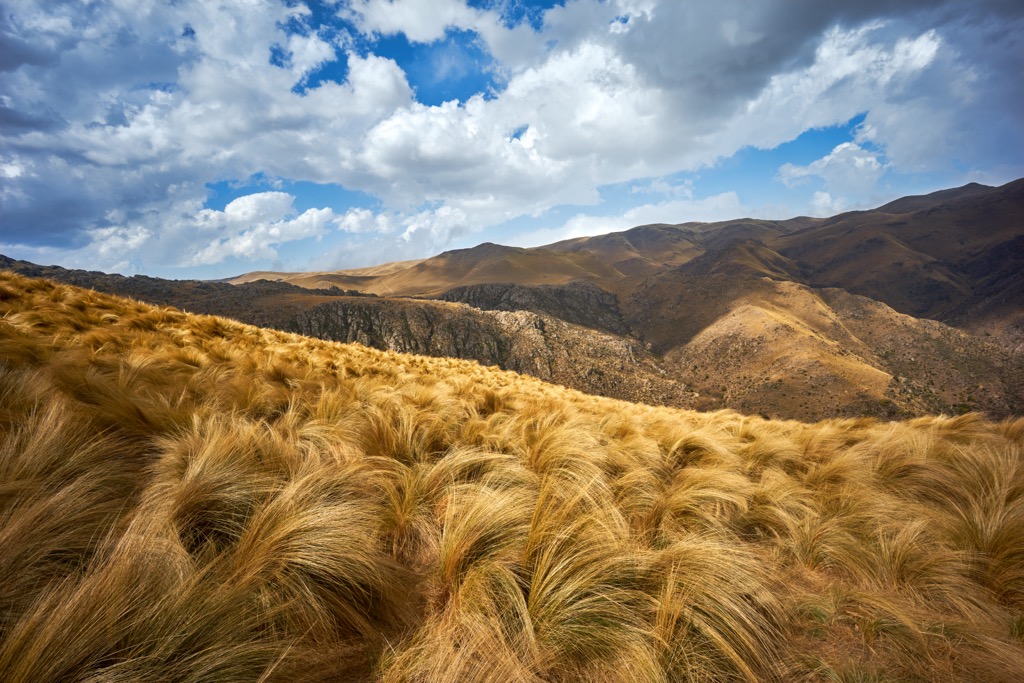
This region covers the central and southeastern sections of Córdoba and are relatively low lying and have a gently rolling terrain. This region was historically covered with carob and ñandubay forests; however, most of the region has been converted to agricultural use.
While most of the region is now used for agriculture, there are some areas that contain relic flora, such as forests of black and white carob trees. Other areas contain small patches of palm trees, while the dry locations have cactus, such as those found in the Chaco forests.
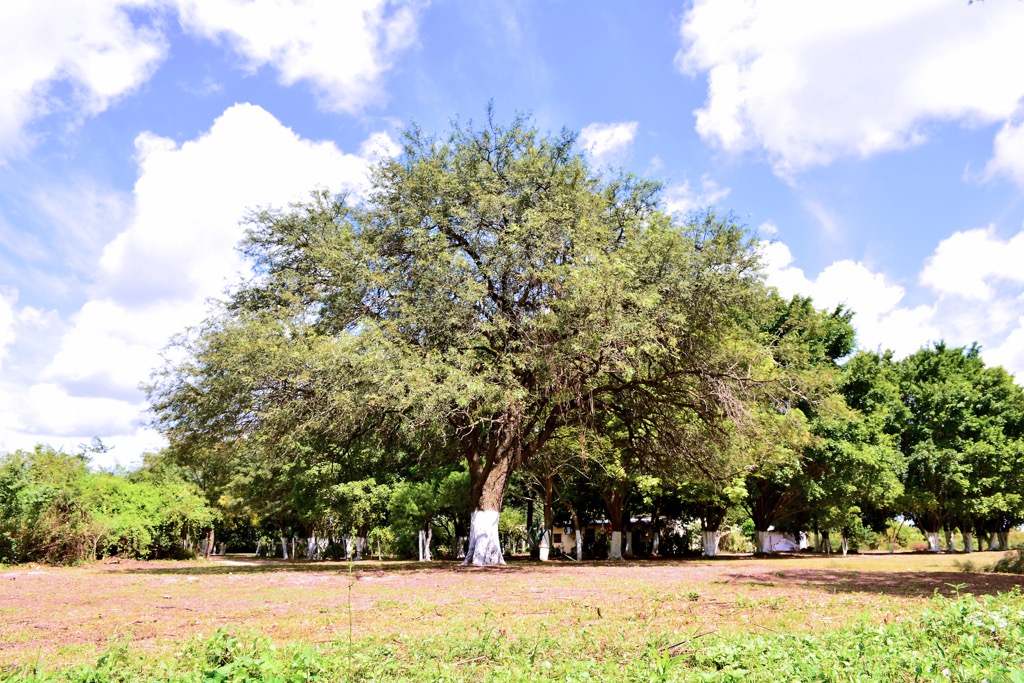
This region is located in the south-central and southeastern parts of the province and is an area of rolling terrain with tall, flat-topped hills that slope towards the many streams in the area. The natural flora of the region was grasslands; however, similar to the Llanura d Espinal, most of the region was converted to agricultural use over the past centuries of habitation.
Comechingones are the ethnic group that inhabited Córdoba and central Argentina previous to the arrival of Europeans. The Comechingones were a sedentary people who occupied semi-subterranean houses and practiced agriculture with the use of irrigation. Their primary crops were corn, squash, beans, and chili peppers and they also gathered wild fruits and raised animals for their wool and eggs.
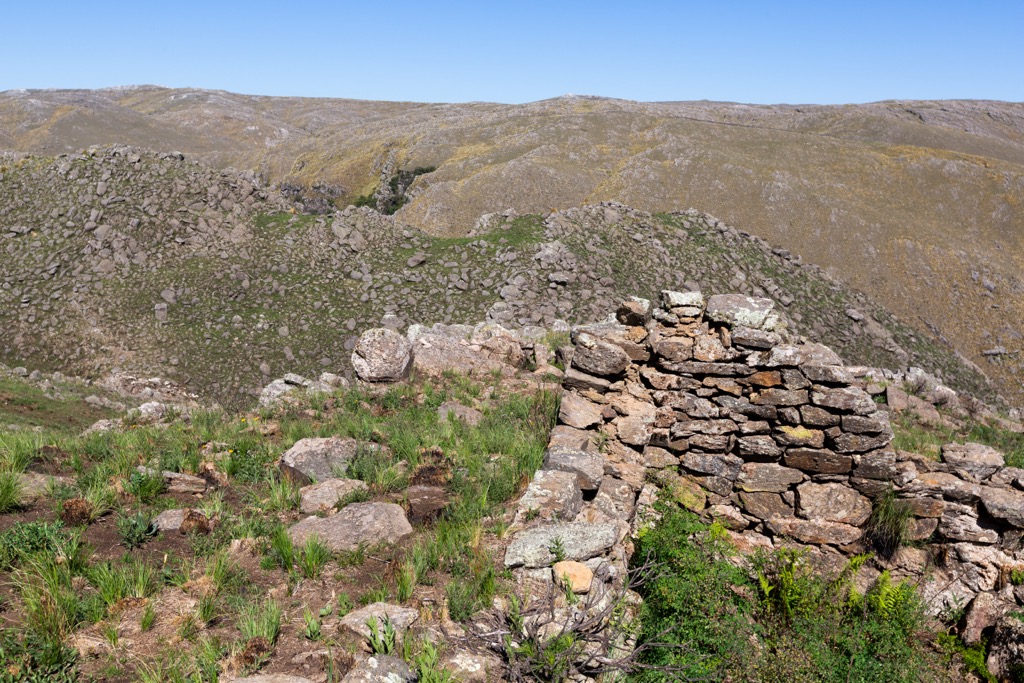
By the end of the seventeenth century, the Comechingones were thoroughly displaced or exterminated by the Spanish conquistadors who arrived during the sixteenth century. While the Comechingones culture was essentially considered extinct, a cultural resurgence around 2010 led to nearly 35,000 Argentines self-identifying as descendants of the Comechingones.
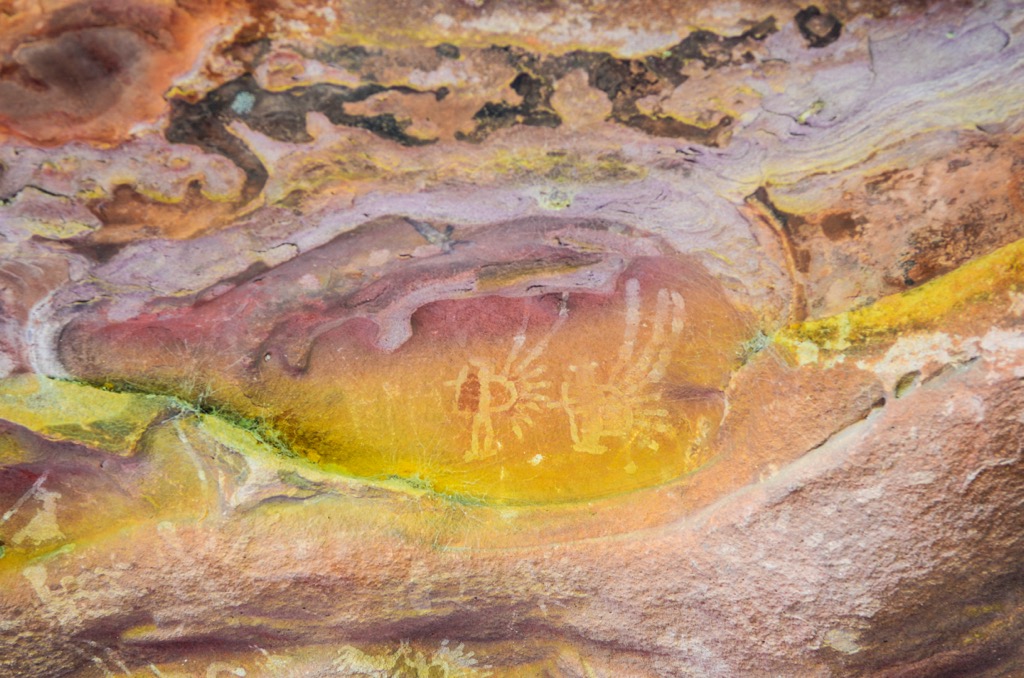
The Comechingones are said to have had a rather Caucasian appearance, with beards and some even had green eyes. It is believed that at the end of the sixteenth century that there were nearly 30,000 Comechingones living across nearly 600 settlements.
Their language was lost when Spanish policies favored the Quechua from Peru; however, the Comechingones left a rich cultural influence across Córdoba. There are over 1,000 pictographs and petroglyphs across Argentina that were created by the Comechingones.
Having established Alto Perú in 1542, the Spanish searched for a route to bring their Peruvian gold to the port at Rio de la Plata. In 1573, the city of Córdoba was established as the middle point of that route, and by 1613, the National University of Córdoba was established as Argentina’s first university.
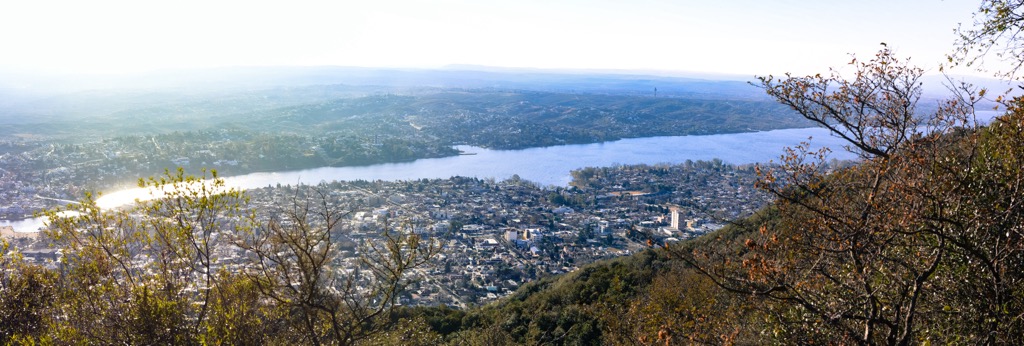
An interesting political fact about Córdoba, is that during the nineteenth century Córdoba was fighting against Buenos Aires to become the capital of Argentina. Córdoba had grown significantly since its founding and had become an important cultural center that was supported by the trade of precious metals from Peru.
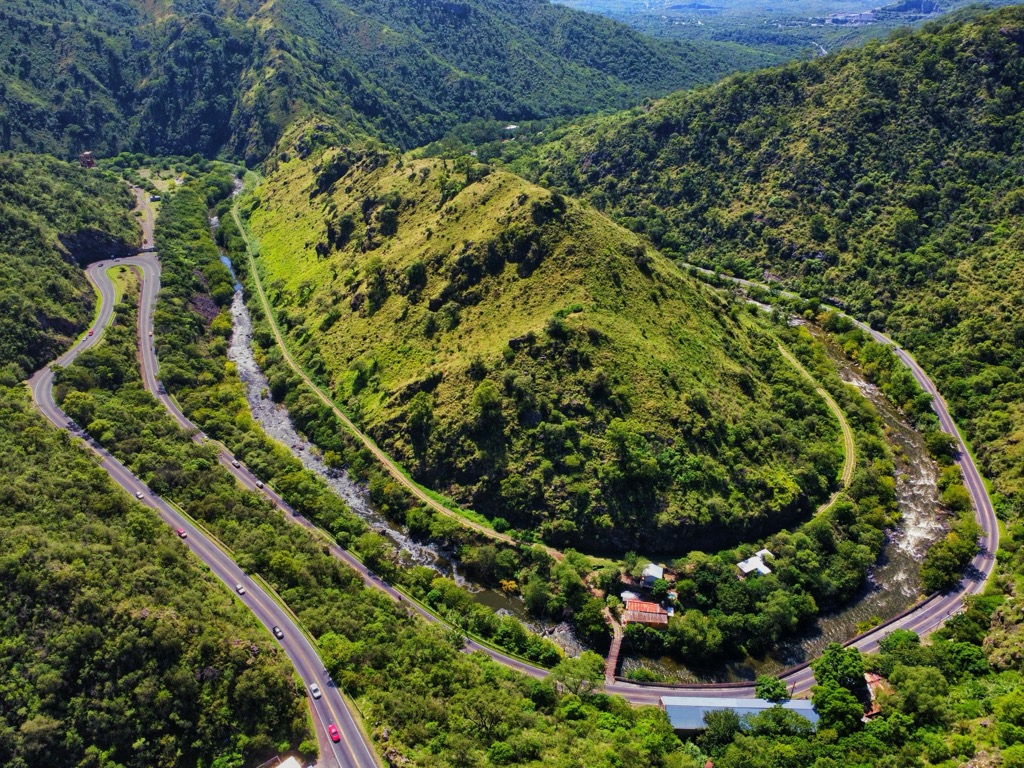
Currently the Córdobes economy is upheld by the financial, educational, medical, and professional sectors. Furthermore, the province is among the most visited in the country for its landscapes, pleasant weather, cultural offerings, and its reputation for being a fun place to visit. As such, the tourism industry in Córdoba is quite substantial and accommodates the nearly 3 million annual visitors.
There are many locations across Córdoba that are beautiful, fun, and full of unique cultural experiences. Some of the popular tourist towns are Villa Carlos Paz, Villa General Belgrano, Cosquín, and La Cumbrecita. Some of the popular festivals include the Cosquín National Folk Music Festival, and the Folk and Taming Festivals at Jesús María.
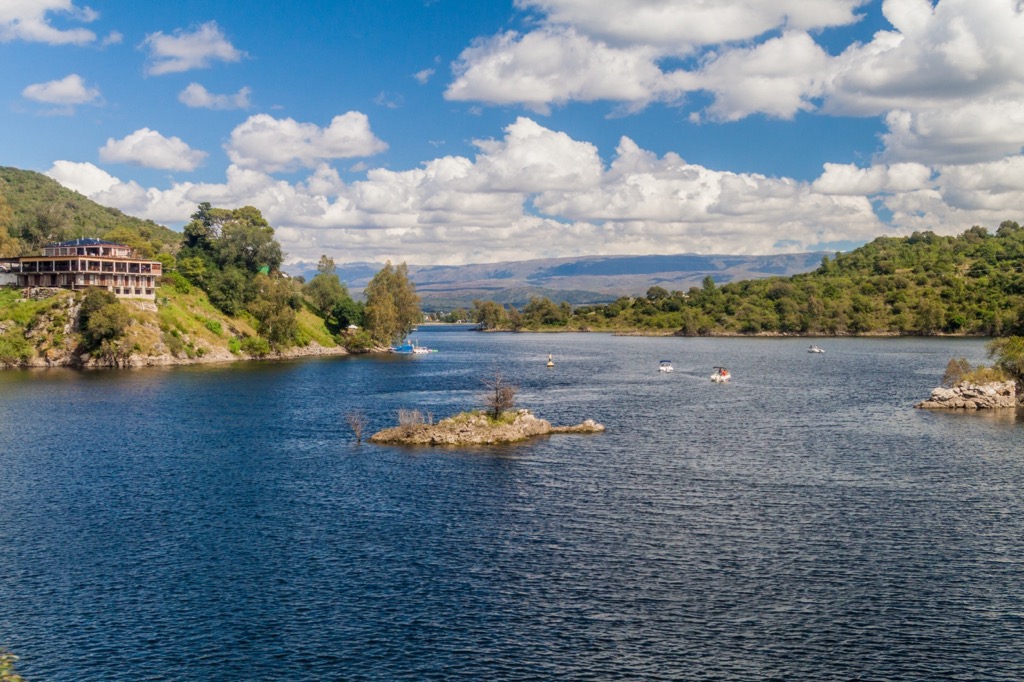
The following are the major hiking and wilderness areas that are found in the province of Córdoba:
Traslasierra National Park has an enjoyable mix of nature and history. The park is located within the historic Estancia Pinas in the northwest of the province. The park has cultural remnants of the Comechingones culture as well as a nineteenth century chapel, and the Historic Center that was the former settlement of Estancia Pinas.
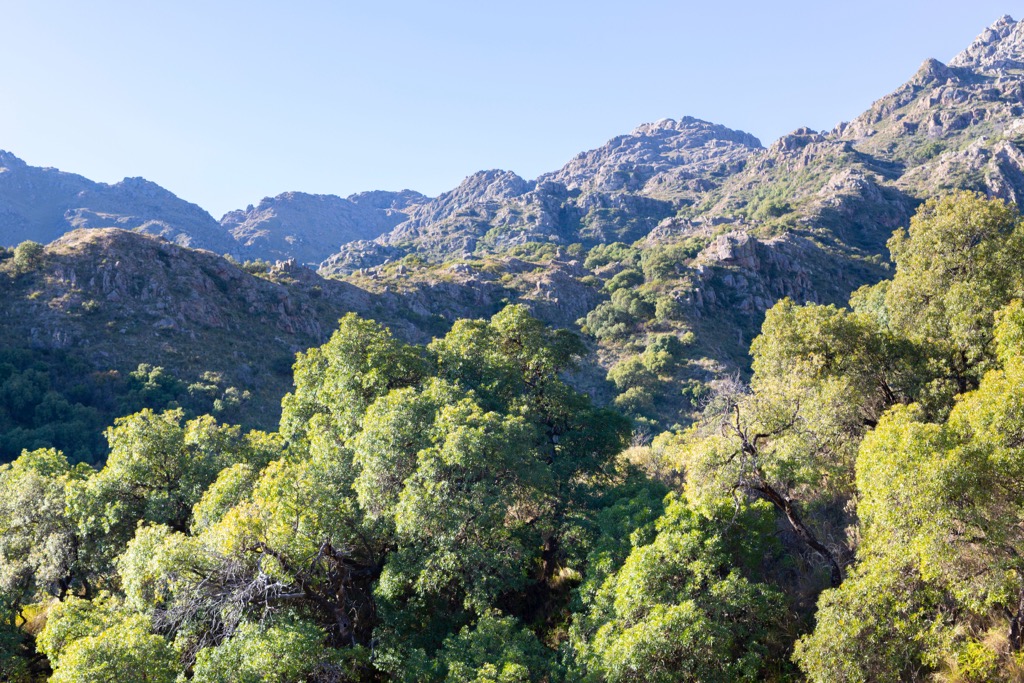
Furthermore, the park is in the ecologically threatened Chaco Seco, and visitors can visit the rare mountainous Chaco forest. Some of the trails in the park include the easy Los Mistoles or the Pingasta Trail which includes an ascent into the mountains.
Located in the upper elevations of the Sierras Grandes, Parque Nacional Quebrada del Condorito is an incredible location for hiking and viewing the endemic wildlife. Since the region is surrounded by the Pampas plains, the park has stunning scenery and unique wildlife.
The park is an especially important site for the Andean condors, which, as a species, have been declining in population throughout the twentieth century. Parque Nacional Quebrada del Condorito is the easternmost habitat for the Andean Condor, and they can be found soaring through and above the ravines and canyons in the park.
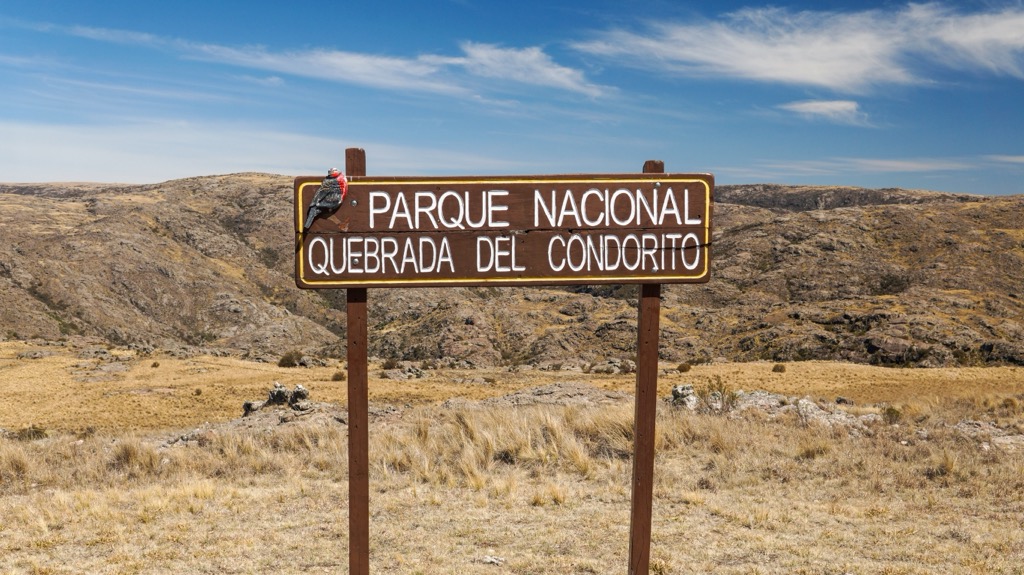
There are camping areas as well as many hiking trails; however, in general, visitors must register for camping as well as hiking. The registration of visitors is to help reduce impact upon the sensitive landscape and upon the rare species of plants and animals that inhabit the park.
One of the major hiking trails is an interpretive trail to the North Balcony which leads to the Río de los Condoritos and the South Balcony which are the two condor observation points on the Quebrada del Condorito. Access to the observation points is only authorized with a trekking guide.
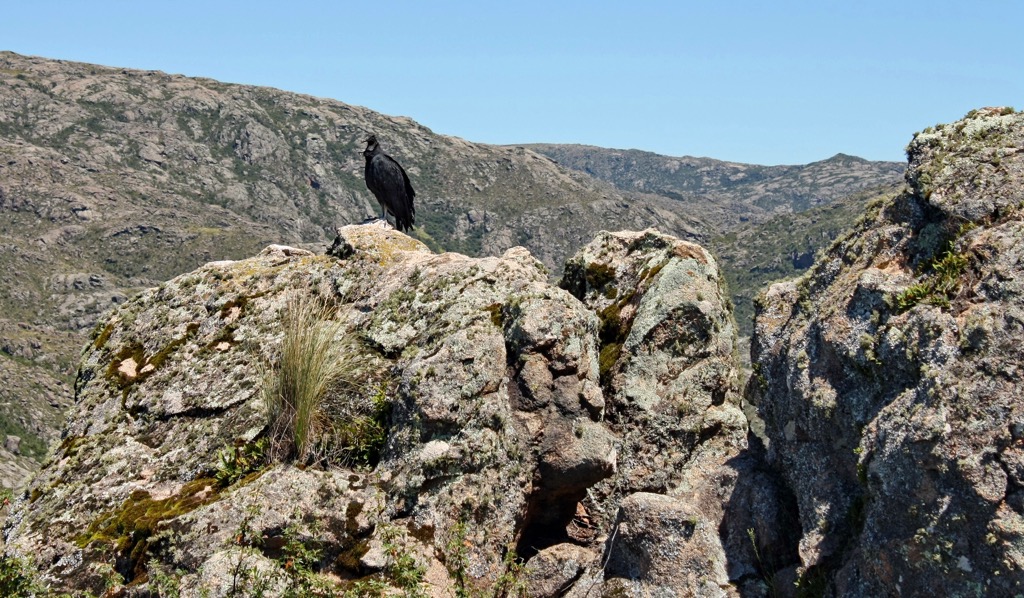
The Quesbrachitos Nature Reserve is a beautiful location near the town of Unquillo and it offers peaceful hiking among rivers and forests. The park has short interpretive hikes as well as the trail Los chorrillos del Cabana and Cascada los Chorrillos.
Los chorrillos del Cabana is a moderate trail through the nature preserve where hikers must manage river crossing, steep paths, and traversing the rocky landscape. However, the climax hike of the park is likely the trail to Cascada los Chorrillos, where the sights and sounds of the beautiful waterfall is a well deserved rest from the effort that it took to arrive there.
Furthermore, the park offers an opportunity to visit and learn about the Capilla de la Familia Buffo and the Casa Museo, which are cultural sites in the park. These sites allow visitors to learn about the history of the settlement of the area and learn about the local historical figures.
The province of Córdoba is a beautiful landscape with the rolling hills of the east rising to the Sierras se Córdoba in the west. The following are the largest cities and some of the popular tourist destinations across the province.
Situated along the Suquía River, Córdoba is in the foothills of the Sierras Chicas. It is the second most populated city in Argentina, after Buenos Aires, and was founded in 1573 as a midpoint for the route the Spanish conquistadores would send their riches from Peru to eastern port of Rio de la Plata, making it one of the oldest colonial capitals in Argentina.
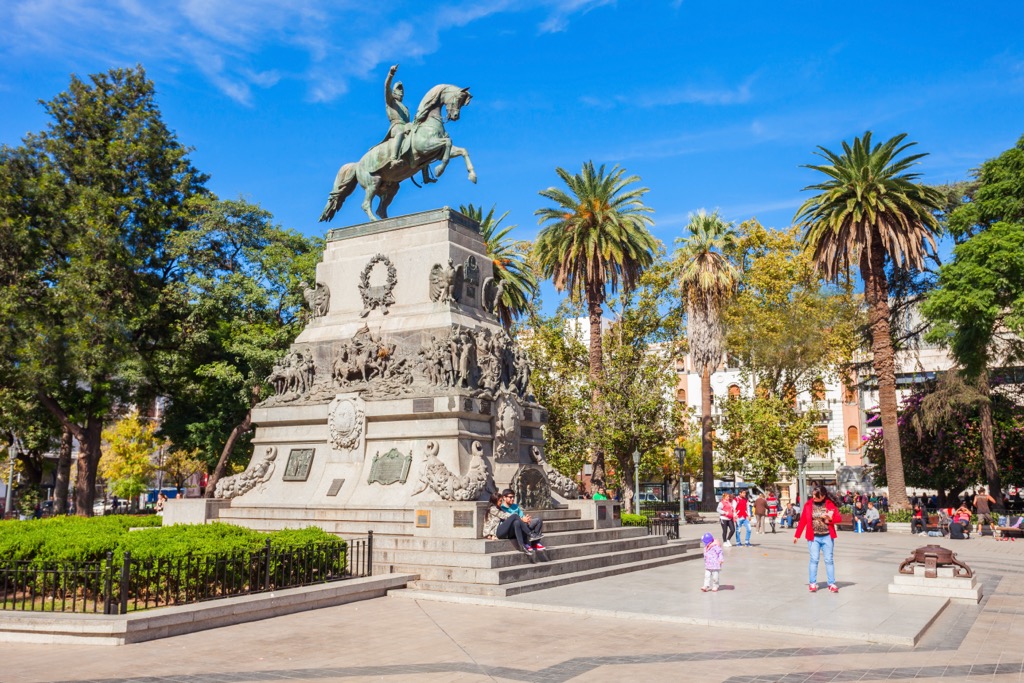
The city has a rich cultural history that includes Argentina’s first university and important remnants of the Catholic church in Argentina, such as the Jesuit Block, which are a collection of buildings from the seventeenth century, including the colonial university and the Colegio Nacional de Monserrat.
Football (soccer) is certainly the most popular sport in the city; however, it is also an important location for local rugby, basketball, and field hockey leagues. The popular local football clubs are Club Atletico Talleres, Belgrano, Instituto de Córdoba, and Racing de Córdoba.
Near the capital are popular hiking areas in the Reserva Natural de la Defensa La Calera, Reserva Hídrica y Recreativa Natural Villa Allende, and the Reserva Natural Urbana San Martin.
Located in the valley of Calamuchita, Villa General Belgrano is a unique mountain village named for the creator of the Argentine flag, Manuel Belgrano. The town was founded by two German speculators in 1930 who were attracted by the agricultural potential of the region.
The town has a strong Bavarian presence through its architecture and the local industries. While the town received significant German influence from its founders, it received a further injection of German culture when stranded German sailors settled in the community during WWII.
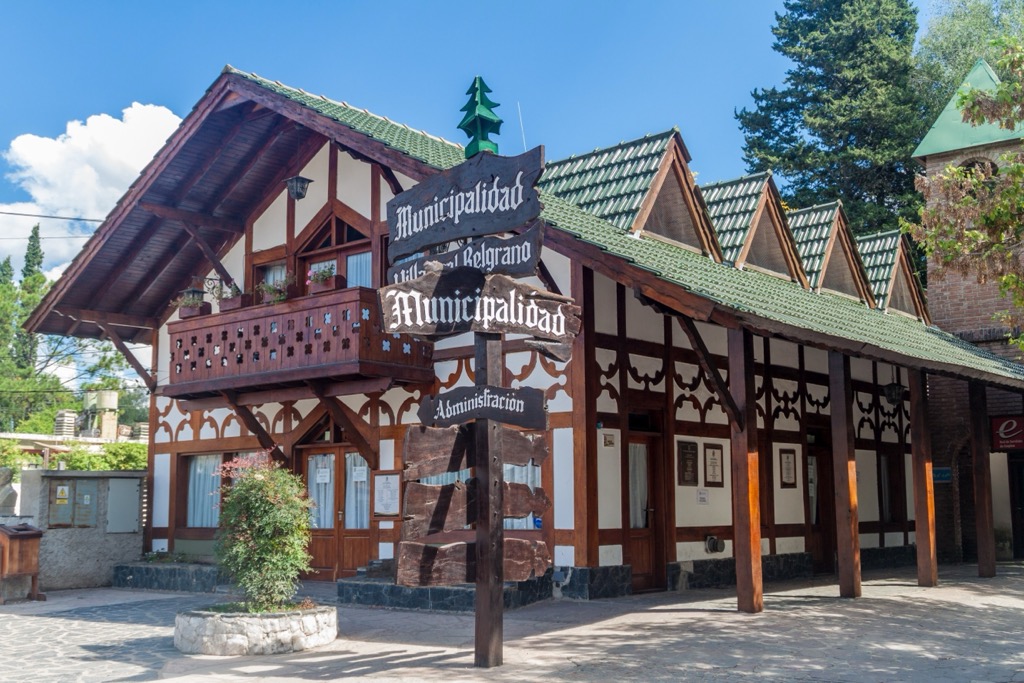
After the Battle of River Plate in 1940, sailor upon the battleship Admiral Graf Spee, scuttled their ship and came to settle in Villa General Belgrano. The influx of German sailors increased the Bavarian influence as the newest residents built their wood-framed, red-roofed houses, pastry shops, chocolate shops, and microbreweries.
Tourists flock to the charming town to experience the uniquely German culture and to sample the apple strudel, leberwurst and spatzle, and beer. The local Oktoberfest is considered to be the third most important site after the festivals in Munich and Blumenau in Brazil.
Located between the Sierras Chicas and the Sierras Grandes, the scenery around Villa General Belgrano is stunning. Some of the local hikes are upon the Cerro de la Virgen or to the Pozo Verde. Furthermore, the walking trail along the river gives visitors fantastic views of the Castillo Romano.
Situated in the Calamuchita valley in the Sierra Grandes of Córdoba, La Cumbrecita is a small tourist town that focuses on ecotourism and is designed for pedestrians. Originally founded in 1934 as a commune by two brothers, the locals planted pine trees and transformed the environment to resemble an Alpine landscape.
The small town was populated by European immigrants who have focused on tourism as their major industry since 1937. The hamlet offers a range of cabins, lodges, and hotels that have been constructed in an Alpine style.
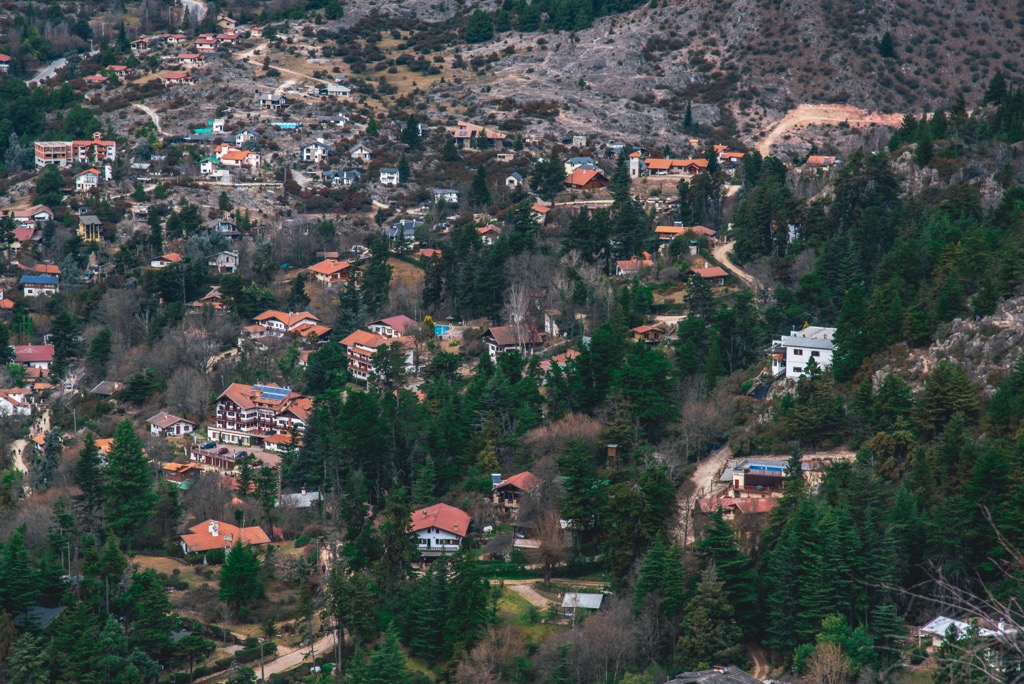
From the outset the hamlet was constructed for pedestrians and the local authorities have gone so far as to declare the area a protected environment. As of 1996, the community was deemed to be a “Pedestrian Town” and visitors must park their cars in a parking lot before entering the town.
Located adjacent to the Sierra Grandes, the scenery is spectacular and there are many fantastic trails and hiking areas. Some of the local trails lead to the nearby village of Villa Alpina with many more that lad through the beautiful landscape of the Sierra Grandes. The Quebrada del Condorito National Park is located nearby to the north of La Cumbrecita as is the Reserva Hídrica Provincial Pampa de Achala.
Explore Córdoba Argentina with the PeakVisor 3D Map and identify its summits.








